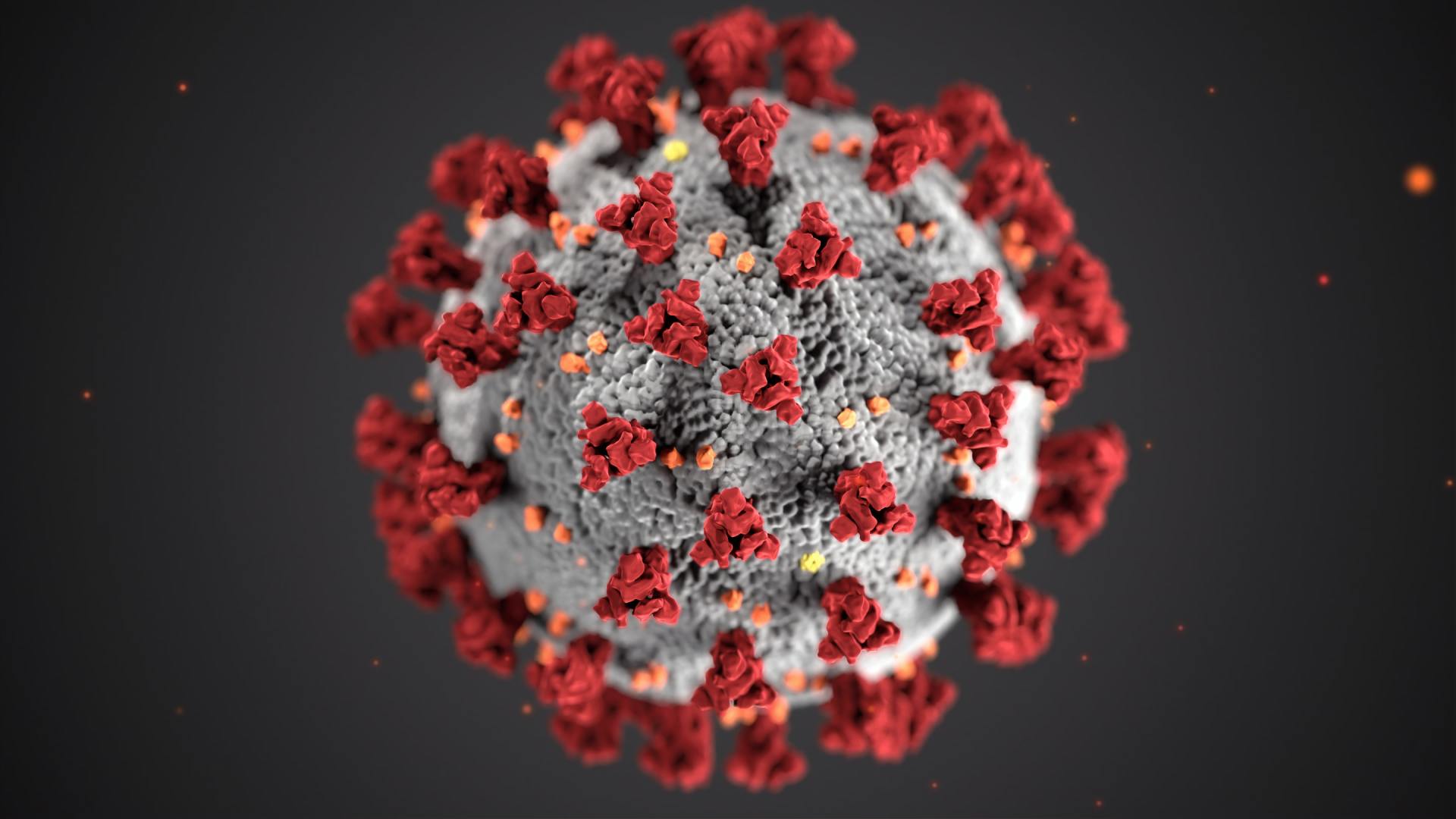The 2026 Medi-Cal Asset Limit Reinstatement: What You Need to Know
California’s Medi-Cal program is once again shifting course. Starting January 1, 2026, the state will reinstate asset limits for most older adults and individuals with disabilities seeking long-term care or other non-MAGI (non-Modified Adjusted Gross Income) Medi-Cal benefits. This change marks a return to rules lifted just a few years earlier, creating uncertainty and concern for many California residents.
Here’s a look at the history, what’s changing, and what you should do to prepare.
A Brief History: From Asset Limits to Expansion and Back Again
For decades, Medi-Cal eligibility for older adults and individuals with disabilities included strict asset tests. Applicants had to keep countable assets below $2,000 for an individual or $3,000 for a couple, excluding certain exempt assets like a primary residence and one vehicle.
But that changed in 2022, when California began phasing out the asset test:
- July 1, 2022: The asset limit increased significantly to $130,000 per individual.
- January 1, 2024: The asset test was
eliminated entirely for most non-MAGI Medi-Cal applicants, allowing people to qualify regardless of how much money or property they held—so long as their income met the program’s thresholds.
Under a recent state budget agreement, the asset test is returning in 2026, reversing the recent reforms and reverting to a more traditional eligibility framework.
What Are the New Medi-Cal Asset Limits in 2026?
Starting January 1, 2026, California will reinstate asset limits for non-MAGI Medi-Cal eligibility. The limits are higher than they were decades ago, but the reintroduction still represents a significant change:
- $130,000 for an individual
- $130,000 for an institutionalized spouse (in a nursing home), plus $157,920 for the community (at-home) spouse
- SSI-linked Medi-Cal beneficiaries will continue to be subject to much lower limits
Who Will Be Affected?
- New Applicants After January 1, 2026
Anyone applying for non-MAGI Medi-Cal after this date must disclose their assets and stay within the new limits. - Current Medi-Cal Beneficiaries
Beneficiaries already receiving Medi-Cal will be required to report their assets during their annual redetermination process starting in 2026. - People Who Transferred Assets During the No-Limit Period
Those who gave away assets in 2024 or 2025 may face unexpected scrutiny. It remains unclear whether such transfers will trigger penalties under the reinstated rules or if they’ll be exempt because the asset test wasn’t in place at the time of transfer.
What Assets Count Toward the Limit?
The definition of countable vs. exempt assets is not changing. Here’s a summary:
Exempt Assets (Not Counted):
- Primary residence (if you or your spouse live there)
- One vehicle
- Household goods and personal effects
- Jewelry (within reasonable limits)
- Retirement accounts in payout status
- The $130,000 individual property reserve
Countable Assets:
- Cash, checking, and savings accounts
- Investment accounts (stocks, bonds, mutual funds)
- Real property other than your home
- Second vehicles
- Business interests (in some cases)
What If You Gave Away Assets in 2025?
One of the most significant unresolved issues concerns asset transfers made during the no-limit period (2022–2025). For example, if someone gifted $50,000 to a child in 2025 while legally eligible for Medi-Cal, will that gift now trigger a transfer penalty in 2026?
So far, California’s Department of Health Care Services (DHCS) has not clarified its position. This uncertainty leaves families wondering whether their previously legal actions will now jeopardize future eligibility.
What You Should Do Now
If you or a loved one receives Medi-Cal or plans to apply in the future, you should begin preparing for the 2026 changes now:
- Inventory your assets: Identify what is countable vs. exempt.
- Avoid last-minute gifts or transfers: These may not be protected once the new rules take effect.
- Talk to an elder law or estate planning attorney: Legal professionals can help you:
- Restructure or protect assets through legal strategies
- Set up irrevocable trusts or other tools
- Avoid transfer penalties
- Navigate your renewal and reporting obligations
Proper planning could allow many current beneficiaries to maintain coverage with minimal disruption.
Final Thoughts
The reinstatement of Medi-Cal asset limits in 2026 marks a dramatic policy shift, one that rolls back recent progress toward expanded access and simplicity. While the new limits are more generous than in the past, they still demand close attention and proactive planning.
For those who qualified during the no-asset-test period, now is the time to review your financial position and prepare for annual reporting. And for those approaching eligibility, consulting with a knowledgeable attorney could make the difference between approval and denial.
If you have questions about how these changes might affect your situation,
contact our office for guidance. We can help protect your eligibility, your family, and your future.













